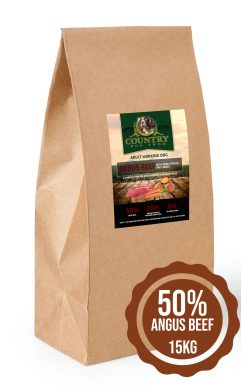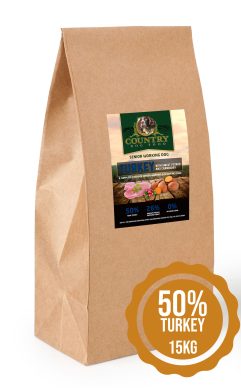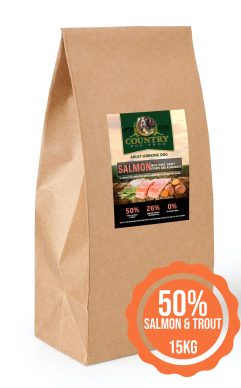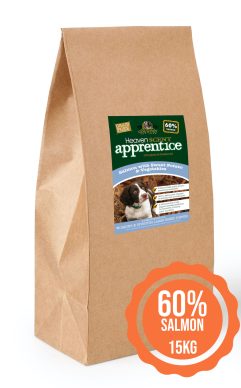
In the realm of working dogs, nutrition plays a pivotal role in maintaining their health, vitality, and performance. Whether they’re herding sheep, assisting in search and rescue missions, or serving as loyal companions in law enforcement, choosing the right diet for these hard-working canines is essential. Two popular options often come into contention: raw meat and kibble. Let’s delve into the benefits of each to help you make an informed decision for your four-legged colleague.
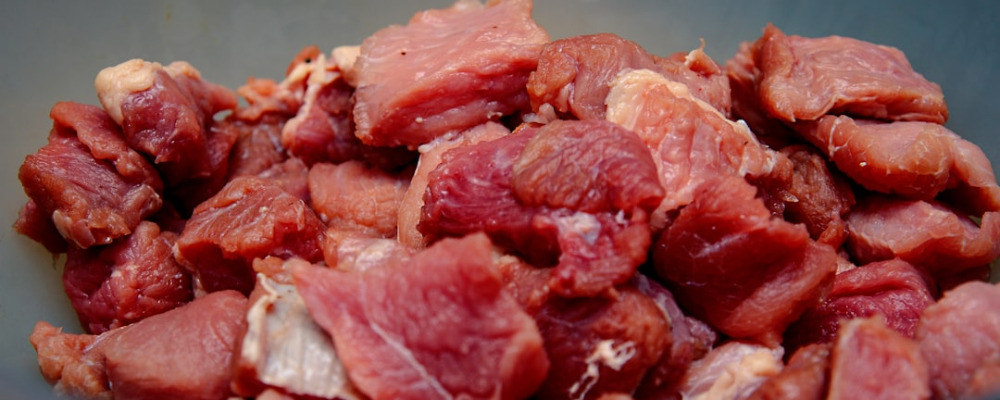
Raw Meat: Fueling the Canine Athlete
Raw meat diets, often referred to as the BARF (Biologically Appropriate Raw Food) diet, have gained traction among dog owners, especially those with working dogs. Here’s why:
- Nutritional Superiority: Raw meat provides dogs with a plethora of nutrients in their natural form, including proteins, fats, vitamins, and minerals. These nutrients are essential for maintaining muscle mass, supporting the immune system, and sustaining energy levels during long working hours.
- Improved Digestion: Raw meat diets typically contain fewer fillers and additives compared to processed kibble. This can lead to better digestion and absorption of nutrients, reducing the risk of gastrointestinal issues such as bloating, gas, and diarrhoea.
- Healthy Skin and Coat: The high-quality fats found in raw meat promote healthy skin and a glossy coat, crucial for working dogs exposed to various weather conditions and environments.
- Enhanced Dental Health: Chewing on raw bones can help keep a dog’s teeth clean and gums healthy, reducing the risk of dental problems commonly seen in canines fed on softer diets.
- Reduced Allergies and Sensitivities: Some working dogs may have sensitivities or allergies to certain ingredients commonly found in processed kibble. Raw meat diets allow for more control over ingredients, potentially reducing the risk of allergic reactions.
Kibble: Convenience with Longevity
While raw meat offers numerous benefits, kibble also has its place in the world of working dog nutrition:
- Convenience: Kibble is easy to store, transport, and portion, making it a convenient option for busy working dog owners who may not have the time or resources to prepare raw meals.
- Longevity of Storage: Unlike raw meat, which has a limited shelf life and requires refrigeration or freezing, kibble can be stored for extended periods without spoiling. This makes it ideal for situations where access to fresh food may be limited, such as during outdoor expeditions or remote deployments.
- Complete and Balanced Nutrition: Many commercial kibble brands are formulated to provide a complete and balanced diet for dogs, ensuring they receive all the essential nutrients they need to thrive, including proteins, carbohydrates, fats, vitamins, and minerals.
- Cost-Effectiveness: In some cases, feeding kibble may be more cost-effective than raw meat, especially when considering factors such as convenience, storage, and the availability of affordable commercial options.
Making the Right Choice
Ultimately, the decision between raw meat and kibble for your working dog depends on various factors, including your dog’s individual needs, preferences, and lifestyle. Some owners may opt for the nutritional superiority of raw meat, while others may prioritise the convenience and longevity of kibble.
Regardless of your choice, it’s essential to consult with a veterinarian or canine nutritionist to ensure your dog’s diet meets their specific requirements for optimal health and performance. By providing your working dog with the right nutrition, you’ll be supporting them in their important roles as dedicated companions and valuable members of your team.


